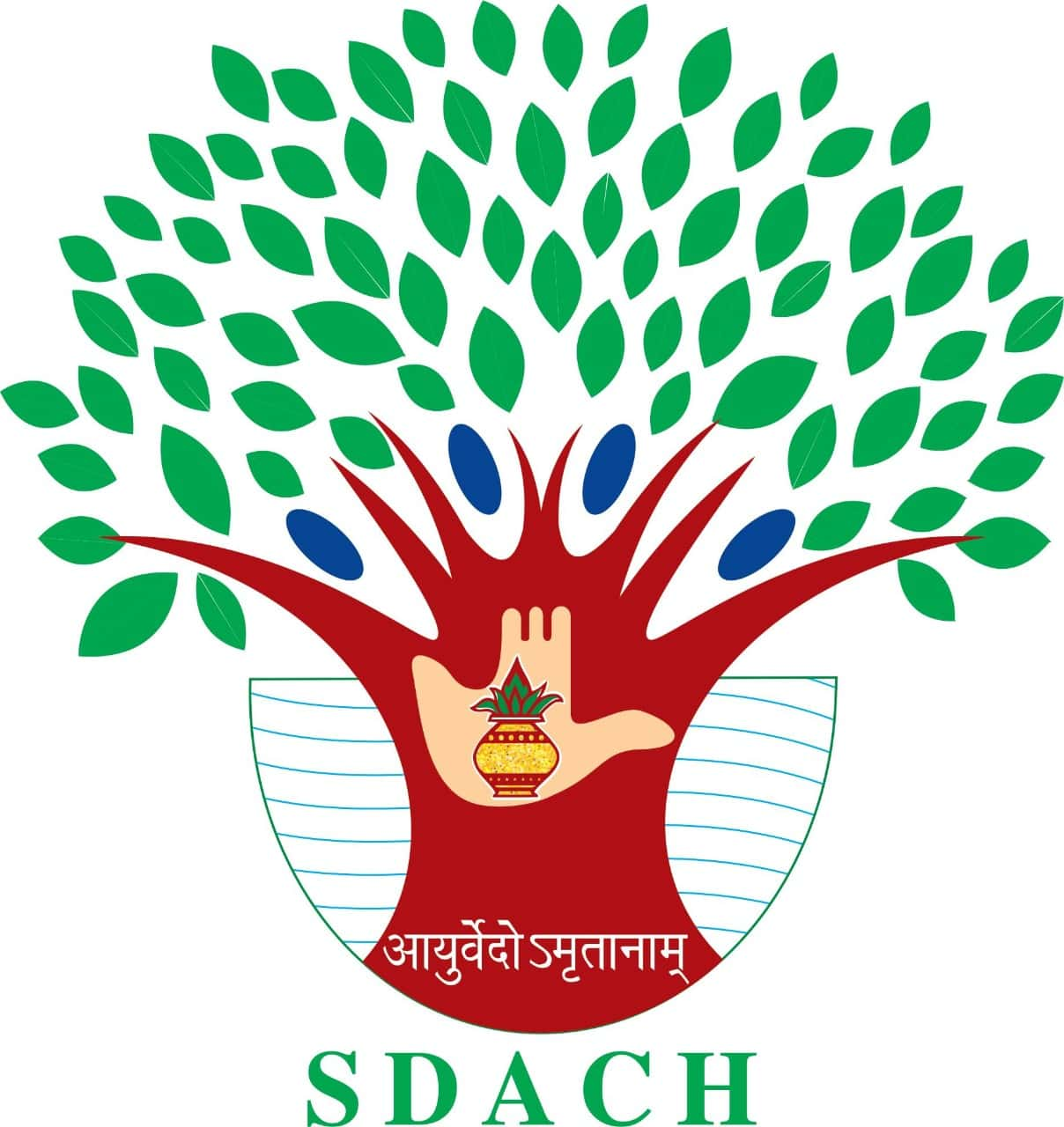Botanical Name : Bryophyllum pinnatum (Lam.)
Family : Crassulaceae
Common Names :
air plant, airplant, Canterbury bells, cathedral bells, curtain plant, floppers, good luck leaf, green mother of millions, leaf of life, life plant, live leaf, live leaf plant, live plant, live-leaf, Mexican love plant, Mexican loveplant, miracle leaf, resurrection plant, sprouting leaf
Synonyms :
Bryophyllum calycinum Salisb.
Cotyledon pinnata Lam.
Crassula pinnata L. f.
Kalanchoe pinnata (Lam.) Pers.
Sedum madagascaricum Clus.
Morphology :
a fleshy upright plant usually growing 60-120 cm tall.
its relatively broad leaves have scalloped margins and are oppositely arranged.
these leaves may be simple or compound, with three or five leaflets.
its drooping bell-shaped flowers are greenish-yellow to pinkish-red in colour (up to 7 cm long).
these flowers are borne in branched clusters at the top of its stems.
Stems and Leaves
The upright (i.e. erect) stems are fleshy (i.e. succulent) and hairless (i.e. glabrous).
The leaves are also fleshy (i.e. succulent) and are either simple (particularly on seedlings) or compound (i.e. trifoliate or pinnate). They are oppositely arranged, flattened, and the number of leaflets present varies from one near the base of the stems to three or five (i.e. trifoliate or pinnate) higher up the stems. These leaves (5-25 cm long and 2-12.5 cm wide) are green or yellowish-green in colour, hairless (i.e. glabrous), and are borne on stalks (i.e. petioles) 2-10 cm long. The leaflets are oval or narrowly oval (i.e. elliptic) in shape with rounded tips (i.e. obtuse apices), and when more than one leaflet is present the end (i.e. terminal) leaflet is usually significantly larger than the others. Tiny plantlets may occasionally be formed in the scalloped (i.e. crenate) margins of these leaflets. These plantlets are more often produced if the leaves become detached from the stems.
Flowers and Fruit
The bell-shaped (i.e. tubular), drooping (i.e. pendulous), flowers (up to 7 cm long) are arranged in branched clusters at the tips of the stems (i.e. in terminal inflorescences). Each flower is borne on a stalk (i.e. pedicel) 10-25 mm long. They have prominent, inflated, yellowish-green or pale green coloured sepals (25-55 mm long) that are partially fused into a tube (i.e. calyx tube) and streaked with pink or reddish coloured blotches. The yellowish-green to dark red coloured petals (3-6 cm long) are also partially fused into a tube (i.e. a corolla tube) that divides into four petal lobes (i.e. corolla lobes) near the tip. Flowers are produced mainly during winter and spring.
The fruit are papery and membranous (about 15 mm long), with four slender compartments (i.e. carpels). They generally remain enclosed within the old flower parts and contain numerous minute, slender, brownish-coloured seeds (less than 1 mm long).
Habitat :
A garden escape that is naturalised in tropical, sub-tropical and warmer temperate regions. It is a weed of gardens, parks, roadsides, railways lines, waste areas, coastal environs, creek-banks, open woodlands, forests and forest margins.
Uses :
This plant is used in traditional medicine in Brazi extract has both chemopreventive and anti-inflammatory effects, observing a significant reduction in the disease activity index score, and less macroscopic and microscopic damage. The extract promoted downregulation of Toll-like receptor and kappa B p65 nuclear factor gene expression, leading to a reduction in pro-inflammatory and oxidative mediators, chemokines, and cell adhesion molecules. This immunomodulatory property was proposed that one of the possible action mechanisms of extract. An improvement in intestinal damage was also associated with a reduction in oxidative stress and infiltration of leukocytes, as evidenced by the reduction in malonaldialdehyde and myeloperoxidase activity and increase in total glutathione in the colonic tissue.
Moreover, the extract improves the cytoarchitecture of the colonic tissue and the integrity of the intestinal epithelial barrier by restoring the expression of the proteins associated with mucosa protection.





